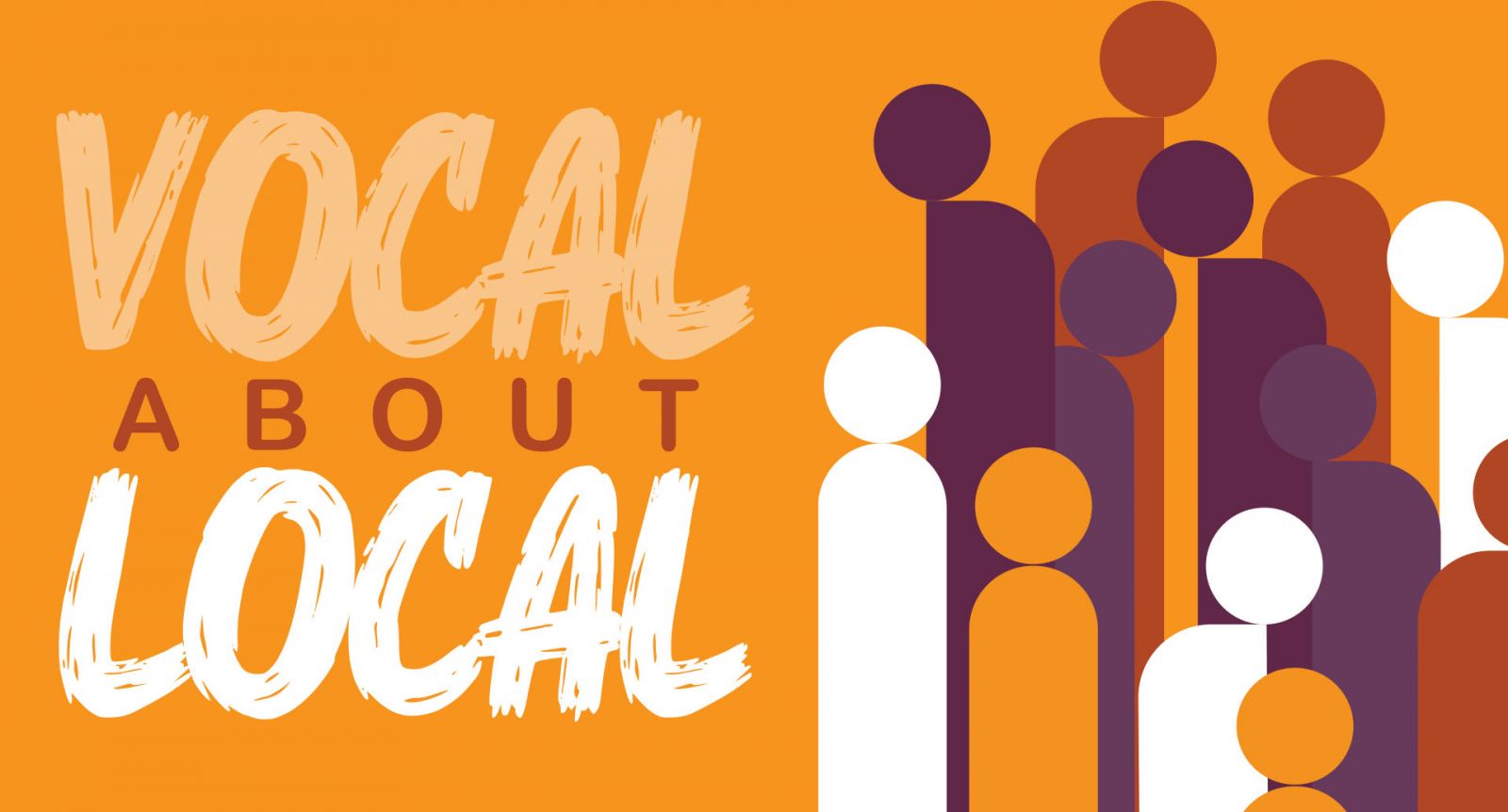Vocal about Local
Representation Review 2023
Have your say on how the Council is elected and how you’re represented.
Every three years, local elections are held across New Zealand to elect mayors, councillors and community boards. To ensure our community has fair and effective representation, we’re required under the Local Electoral Act 2001 to review the representation arrangements for the Ashburton District every six years.
This includes how many councillors we have, how they are elected and whether we have community boards. You’ll find more detail about each of these topics in the consultation document
It’s worth noting that there’s no requirement to make changes. If our community feels well represented, we can retain our current arrangements for another six years.
We sought early feedback from our community to help Council make a draft proposal for the full consultation scheduled for next year. We received 56 submissions over the three-week feedback period.
Feedback for the early engagement stage of the Representation Review closed on Sunday 17 December.

Have your say
Early engagement feedback closed on Sunday 17 December.
- View the consultation document
- View our current ward boundaries
More information
Currently the Ashburton District Council consists of a mayor and nine elected councillors. During the previous Representation Review in 2018, the number of councillors was reduced from 12 to nine.
The Local Electoral Act allows councils to consist of any number of councillors between five and 29. Our current arrangement means there is approximately one councillor for every 4,000 people in the Ashburton District.
Do you feel the community is well represented by the current number of councillors?
- Read more in the consultation document
The Local Electoral Act provides different options for councils to elect their councillors. These include electing councillors via:
WARDS (our current system) - Where you only vote for candidates standing in your ward
AT LARGE (district wide) - Meaning Councillors are elected across the district, you are able to vote for all candidates and are not restricted to the candidates representing a ward.
A MIXED SYSTEM - Where some councillors are elected at large and others through the ward system.
The mayor is always elected through a district wide vote. What system of electing councillors do you prefer?
- Read more in the consultation document
The Local Electoral Act provides a threshold for Māori wards to be established, using a formula that considers the General Electoral and Māori Electoral populations. Currently, the Ashburton District does not meet the threshold for the establishment of a Māori ward.
There are alternative options for councils to have Māori represented at a governance level, like advisory committees or other iwi partnership models. As part of the review, we’ll discuss these options with Manawhenua.
Do you have any thoughts on Māori representation in the district?
- Read more in the consultation document
The Ashburton District currently has one community board – the Methven Community Board. The board contains five board members that are elected every three years and two appointed members who are the two Western Ward councillors.
The Methven Community Board (MCB) provides a coordinated voice that represents the Methven community’s interests in council decisionmaking. Residents in the Methven Community Board area pay a fixed targeted rate per year, ($146.20 in 2023), for the community board.
What are your thoughts on community boards in the district?
- Read more in the consultation document
Our councillors are currently elected via a ward system, with the district divided into three wards as shown on our ward boundary map and in the consultation document. The Ashburton Ward elects five councillors, while the Eastern and Western wards elect two councillors apiece which results in each elected member representing approximately 4,000 people.
For communities to be ‘fairly’ represented, legislation specifies that each elected member should represent roughly the same number of people, and meet what is called the +/-10% rule (the ratio of population to elected member within a ward should not vary more than 10% when compared to the average for the whole district).
While reviewing our representation arrangements, it’s important to check that our ward boundaries are still accurate. For example, they could require adjustments to take into account town growth. Ward boundaries can also be amended to make sure the wards accurately capture ‘communities of interest’ .
One option we're exploring is to merge the Eastern and Western wards into one ward and keep the Ashburton ward as is. This would mean the new ward would elect four councillors and the Ashburton ward the remaining five councillors.
If our district retains the ward system, do you support the current ward arrangements or would you like to see changes?
- Read more in the consultation document
Review Timeline
-
Early Engagement
22 November - 17 December 2023
Community feedback during this stage will help determine an initial (draft) proposal.
-
Initial Proposal
June/July 2023
Community consultation on the initial proposal, which presents the district’s proposed representation arrangements for the next six years, including any changes.
-
Final Proposal
August 2024
The final proposal will be advertised. If any objections or appeals are received, the Local Government Commission will make a final decision about representation in the district.
